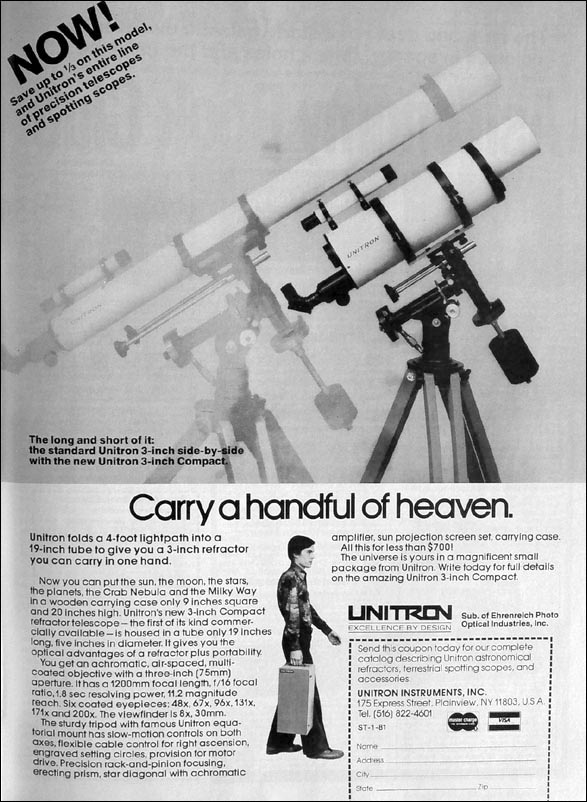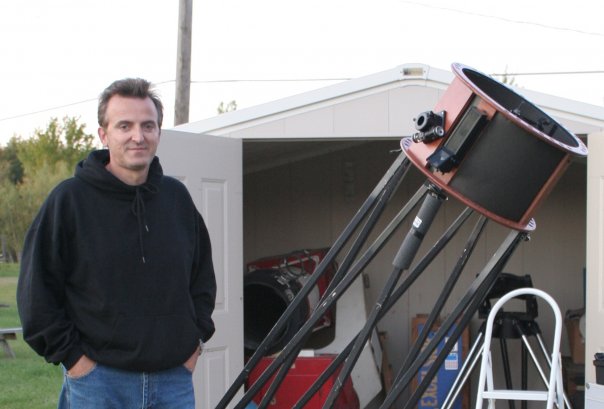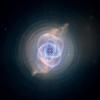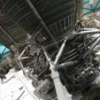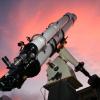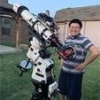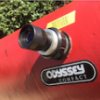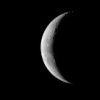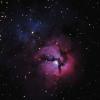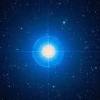Posted 29 January 2014 - 04:34 AM
It really is not impossible to make a Newtonian perform as well as an equivalent aperture APO Refractor. If both have equivalently well figured optics and the design for the Newt was on the stingier side in terms of diagonal size (i.e. below 20%), one would be hard pressed to tell a difference if the target was Jupiter or Mars. One would need to carefully collimate the Newtonian, flock / baffle the tube interior, have quality focusing components, anything is possible. A central obstruction of 30% is noticeable on the image (but not as awful as it has been made out to be), 25% is tolerable for all but the most fussy fusspots, 20% is barely perceivable by most people, 15% may only be perceived by the slenderest percentage of expert observers, 10% is absolutely impossible - I mean absolutely and totally and utterly impossible for the eye to detect a loss of contrast.
I have looked through a few Newtonians with obstructions of 12 - 15% - they may as well be considered the equivalent in image sharpness / contrast to a high end APO of equal aperture. It is a myth to talk of the APO >> Newtonian - they can in fact be very nearly equal. There is no question though that a Newtonian would give an equivalent sized Achromat a severe hurting (provided apertures >= 6" otherwise the Achromat is generally superior). A 6" achromat just cannot cope with good CA correction unless the tube was absurdly long. A 6" f/10 Newtonian can have a diagonal of 1" (even .75" if one used the scope exclusively for planetary / double stars) and thus give a very good contrasty image, a 6" achromat would have to be at least f/15 to give similar contrast if one is prepared to ignore the indigo/violet halo that surrounds bright objects. 6" f/10 is troublesome in size but manageable, 6" f/15 is a nightmare! 6" and above are magic numbers for the Newtonian and many 6" f/8 instruments are very fine, as is the 8" f/6.
However one thing a Newtonian cannot do: It will never match up, aperture for aperture with an APO when one factors in the focal ratio. A 6" APO could be very well color corrected down to about f/5. A Newtonian on that same focal ratio would get absolutely hammered in terms of contrast, fine resolution, details etc... To get a Newtonian to perform as well as the APO, pound for pound, aperture for aperture, would be if the design was for larger mirrors / objectives. At the small end of the scale, a refractor absolutely smokes a Newtonian out the water (particularly if one wishes to keep the focal ratio reasonable, i.e. f/10 or below). Once one hits around 6", particularly 8", the differences become academic rather than practical. The difference between a TEC 8" f/8 APO and an 8" f/8 Newtonian could be made negligible. The comparison between a 6" f/8 APO and a 6" f/8 Newtonian with a premium mirror errs in favor of the APO - the APO edging the Newtonian out slightly on contrast and fine color. At f/10 though, with one making a sacrifice on 100% illuminated diameter (perhaps down to a quarter inch or even an eighth of an inch), the 6" Newtonian would hypothetically rival the APO on planets. However, the APO would comfortably beat the Newtonian on illuminated area / field of view.
However, whatever the case one can make for good quality Newts, Maks, SCT's, Achromats and so on, there is something so utterly appealing about the APO. It is its mystique, its prestige, its poetry that makes all other telescope designs seem like something ugly to own and use. APO performance advantage over other telescope designs has been grossly overestimated by the majority of people, but lets face it, it's appeal extends far beyond the notion that it performs far better than anything else. We all know it does not, we all know it is a placebo type effect (it costs more, everyone says it is better, therefore my brain will say its better), we all know that even if it does perform ever so slightly better, it certainly is not worth $20K more.
Whatever the case, the APO versus everything else debate will go on endlessly. If low dispersion glass became dirt cheap and APO's end up costing as much as Achromats, most people would not get so hung up on them. The fact they are expensive means those that really spend a fortune will justify it's cost by whatever means possible - even ignoring basic optical theory / physics when a 4" APO is faced up against a Cassegrain or Newt of double the aperture. There are a plethora of threads along these lines "4inch APO better on planets than 8 or 10inch scope" etc... We all know basic optical theory should trump bias, emotion, or ignorance.
Peace.


